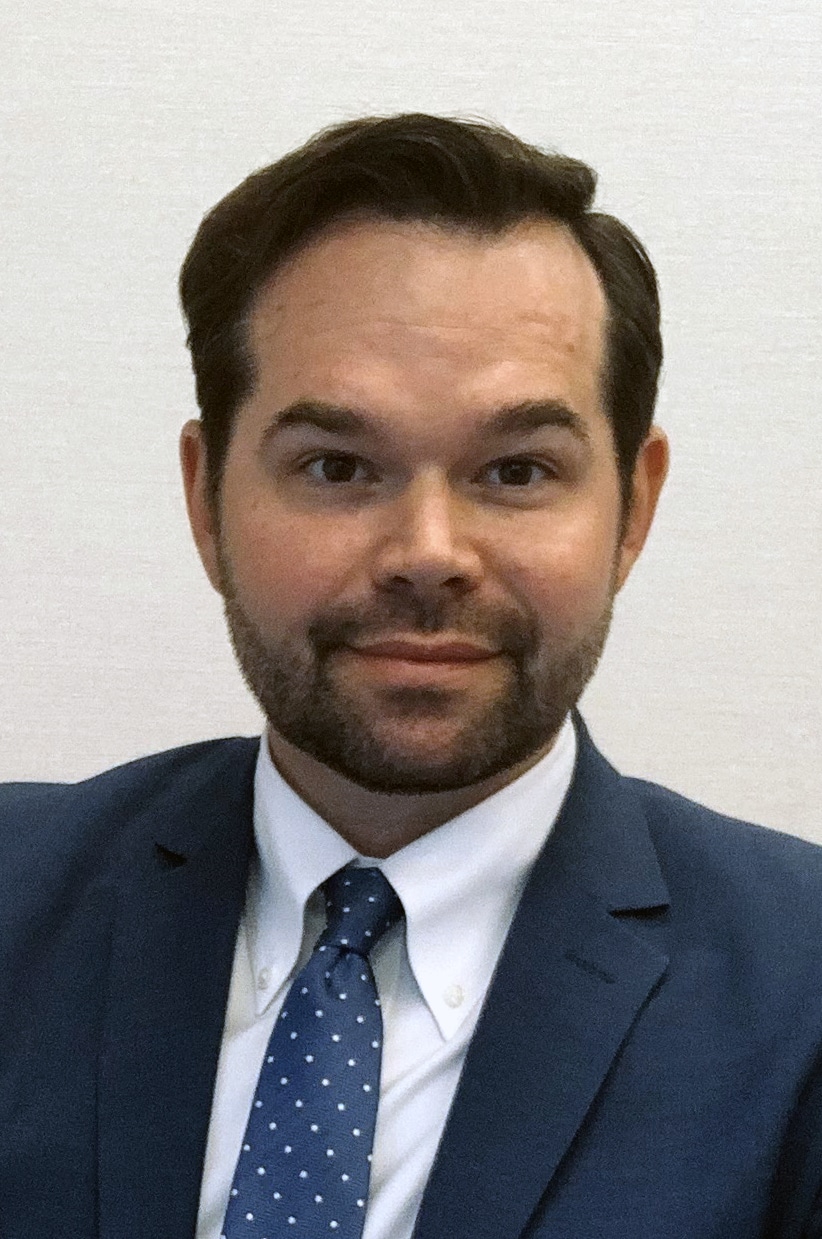Innovative Culture in Healthcare: The Foundation vs. The Complete House

Innovation does not always have to entail bringing in the latest and greatest technology or user application for an organization’s patients and staff to be effective. In many cases, effective innovation is a state of mind, an element of organizational culture, and a leadership principle that can be leveraged to meaningfully solve problems that healthcare organizations face every day. When utilized in this way, system optimization becomes truly possible and leaders can enhance an organization’s ability to advance health equity, safety, and access to care for patients, when and where they need it most.

A Case Study of Two Innovation Stories:
The Foundation – Organization A
A national provider healthcare organization founded in the early 1990’s recognized the need for a formal innovation strategy and resources beginning in 2018-2019. Organization A viewed innovation as new, and there were market pressures to diversify their care delivery, market channels and business models. Specifically, they served hospitals in the form of physician and advanced practice provider time, resources, staffing. The internal organizational demand for an intentional innovation strategy was to disrupt the status quo and align their strongest capabilities to newly evolving industry segments and business models.
Organization A started by defining and “selling” the value add of innovation to meet this need. The organizational recognition of the need for dedicated resources crystallized to an innovation strategy that addressed time to payoff, risk aversion, and return on investment concerns associated with new technology and care delivery.
However, Organization A’s methodology to meet this need, the leadership team, and overall culture to embrace and adopt anything new faced a significant learning curve. In 2018, the healthcare industry experienced a flood of digital health market entrants, many of which miscalculated national provider shortages and challenges to recruit and retain clinicians to staff their applications. This need quickly resulted in Organization A facing an ever-increasing pipeline of opportunities with requests to engage or partner with digital health start-up ventures.
As COVID catalyzed virtual care further, an abundance of opportunities emerged with both start-ups and medium to large established digital health companies and regionalized payers. Many start-ups in the digital health market segment had executed contracts with health systems and payers but did not have the provider networks they needed to effectively staff the applications and serve patients. Start-ups and established digital health companies were grappling to meet new scale requirements in line with growth expectations. Determining which ventures to explore and which companies engage presented both opportunity and challenge for Organization A.
It was not possible nor wise to partner with every innovative digital health option that came along. This landscape generated the need for strategy and methodology for the selection of innovation investment and partnership opportunities. To meet this need, Organization A allocated intentional time and resources under the leadership of the Chief Growth Officer position and team members including the newly created Vice President of Innovation and Product Development and Director of Innovation roles.
Together, this team was responsible for managing and navigating ongoing deals and partnerships with digital health start-ups based on selection criteria and an overall innovation strategy that the organization developed collaboratively. The innovation team also established an internal process and methodology to develop new products and services utilizing existing company strengths and capabilities. Their innovation strategy was primarily built based on the organization’s key priorities and needs. The overall concept was that innovation should first and foremost be leveraged to address pressing challenges and solve problems that the organization, their service community, and their patients were facing. Together, this team also worked across the organization to develop a system for formal review of innovation opportunities and a project lifecycle to ensure successful implementation.

The Payoffs
As a result of these actions, Organization A was able to implement many innovative solutions including a successful collaboration with a payer to reduce readmission rates using post-ER visit interventions. While these actions did result in a significant culture shift for Organization A, the payoffs were substantial.
- An intentional innovation strategy, staff to manage deals/partnerships, and methodology eliminated previous one-off innovation efforts that often failed or did not completely launch, resulting in a more efficient use of time and effort.
- Innovation methodology allowed Organization A to execute and expand new products and services with speed and agility during COVID-19. Resulting in the launch of partnerships with major virtual care companies e.g. expand tele-hospitalist services to 100+ sites of care and serve as the exclusive provider network for a direct-to-consumer virtual service in 16 states.
- Organization A’s innovation strategy resulted in diversified business potential and expanded partnerships, yielding a significant impact on health access and equity for those they aimed to serve.
- Organization A’s innovation efforts resulted in new revenue and a positive return on investment. Additionally, their brand and reputation improved as it collaborated and continued to bring new products to new client/customer types.

The Complete House – Organization B
Nearly identical in its core operations and capabilities to Organization A, for Organization B, innovation was a core principle and an essential part of their fabric, dating back to their launch, also in the 1990s. In fact, Organization B contained a fully built house for innovation to thrive within. The organization possessed an entire division which housed both external venture investments and partnerships as well as internally incubated ideas that became viable startups in the healthcare market. Leadership also truly embraced innovation as a priority and understood the return on investment and value add for innovation efforts, resulting in a strong cultural focus on innovation as a critical tool to problem-solve and drive organization success.
Additionally, Organization B’s robust understanding of innovation strategy and implementation was reflected with their in-house innovation group. The internal innovation group existed to put intentional infrastructure around innovation for successful selection of ventures, launch, implementation, and ongoing management. The in-house team worked in partnership with Organization B team members and leadership to go from observation of a need to acting on the need in alignment with the organization’s key performance indicators.
The in-house team, over two decades has launched several companies and leveraged business and market intelligence to communicate the value add of these companies to top payers and health systems in their region, securing growth milestones and scaling organically, often with known existing business relationships and familiar networks. One such company was focused on connecting patients to community resources that served social determinants of health needs. The in-house team worked directly with this start-up company as a member of their board and leadership team to craft their strategic and business development plan which included leveraging collaboration and alignment with key payer and technology companies. Such an approach allowed the innovation efforts of the start-up to align directly with the needs of Organization B.
Organization B experienced each of the four payoffs outlined with Organization A, the only contrast was these payoffs were realized over two decades and compounded each year since their founding in the early 1990s.
Key Takeaways for Healthcare Executives:
Within the digital health start-up space, methodical problem solving is one of the guiding pillars to generating innovation that resonates with the mission as well as the end users and solves the relevant problems that clinicians and patients encounter.
Even though each organization was in a different place within their innovation journey, a digital health start-up company’s problem-solving approach and the approaches of Organization A and Organization B highlighted here are firmly rooted in the three core ideas noted below. Each one provides a key piece of the foundation for an organizational culture that serves as a genuine home within which innovation can thrive.
Idea 1: Engaging in an intentionally collaborative problem-solving approach that aligns with the operational and financial interests of the organization (e.g. create an innovation investment thesis)
Idea 2: Embracing leadership tactics that support innovation
Idea 3: Adopting guiding principles that pave the way for innovation
What are the fundamental characteristics of an intentionally collaborative, successful, and revenue-generating problem-solving approach?
Stakeholder understanding: Meaningful innovation begins with an intentional problem-solving approach that is grounded in stakeholder understanding. Obtaining this understanding is rooted in being able to engage in perspective-taking, a willingness to rethink situations without being overly attached to one’s own assumptions, and having psychologically safe, open, and user-friendly channels of communication to obtain stakeholder input on the problem or solution. (Grant 2021)
Living the problem: Spending time in the environment, experiencing and witnessing the problem/challenge is crucial to developing a genuine, robust understanding of the issue you are trying to develop an innovative solution for.
Crafting decision criteria together: Problems are most effectively addressed when different players with unique strengths and views of the problem come together. Decision criteria for solution consideration and eventual selection are critical to intentional, effective innovative problem solving. Decision criteria should be developed collaboratively with all stakeholders who have a vested interest in the solution to make sure that the innovation is actually solving their key issues. This requires truly understanding and leveraging the unique value, perspective, and expertise that others bring to the table.

Reach across payer, tech industry, provider, and health system silos. Reach beyond the walls of the traditional hospital setting and across the care continuum to leverage cost avoidance and cost savings opportunities: Cross collaboration between payers, tech groups, and hospitals illustrates a willingness to challenge traditional silos in healthcare to generate win-win-win solutions for healthcare stakeholders that also address critical areas of patient need. For instance, regarding Organization A’s innovation around post-ER visit follow up calls, the organization experienced a 10-16% answer rate when the payer would make these calls to the patient versus a 60-70% answer rate when the discharging physician/hospital staff member would make the call. It was critical for Organization A to recognize that each healthcare stakeholder has different entry points when it comes to patient care. Leveraging the unique strengths and capabilities of the providers versus the payer was key to success in extending the organization’s relationship with the patient into the post-ER and post-acute visit stages. As a result, organizations must be aware of these differences and willing to utilize different stakeholder groups’ entry points to best serve the patient, overcome organizational challenges, and diversify revenue streams.
What leadership tactics and guiding values help create an organizational culture that supports effective innovation?
Prioritize authenticity in leadership: Genuine, honest storytelling and vulnerability in leadership regarding challenges, successes, and barriers to innovative problem solving are key to creating and sustaining a creative, curious culture in healthcare organizations.
Avoid “solutionizing,” listen first to understand and then ensure mutual understanding: First, don’t be afraid to spend time sitting in the problem/challenge and truly seek to understand all facets by listening to the perspectives, needs, and ideas of those around you. Doing so will allow leaders to know what problems truly need to be solved. To move forward purposefully, make sure the team agrees on what the key problem is that is driving the need for innovation.
Always remember the human side of a problem and solution: Patient, family, healthcare workforce, larger community. It is critical to develop a genuine understanding of each of these stakeholder groups’ primary concerns, issues, and contributions to the environment that the organization is seeking to improve via innovation.
Never underestimate the value of a creative, safe, low-risk environment to test ideas/solutions within a healthcare organization:
-
- Helps meet risk averse team members where they are and empower them to witness the positive, hopeful side of trying something new without fear of consequence from failing.
- Allows for bold creativity and encourages your organization to be quicker to test ideas and not let perfect get in the way of very good.

Key guiding values of innovative leadership
Failing forward with bravery is critical to success. In other words, if something new that a team tries doesn’t work as expected, facing the drawing board again and again with tenacity and a sense of curiosity goes a long way when investing in a culture of iterative, intentional innovation.
Evolved learning and not being afraid to change an original point of view after hearing a different perspective allows for an organization to remain agile, flexible, and willing to evolve as the needs and challenges of the organization, community, and end users inevitably shift with time.
Align organization capabilities to value propositions, market channels, and business models. Keep in mind, an organization can look at its capabilities as its areas of expertise it considers innovative or seeks to bring to the healthcare market. Market Channels include the micro level segments of the healthcare market; e.g. hospitals/health systems, Large Employers, Payers, SNF/ALF/Senior Living, Technology Companies, Patients/Caregivers, and more. Business Models include a variety of B2C, B2B, B2B2C, and Hybrid contract terms.
Whether an organization is building the foundation of an innovation strategy or working to complete its innovation house, the evolving digital health market offers many valuable insights for maximum impact.
This paper is an original work based on the collective experiences and reflections of the authors.
Bryan Arkwright is a Principal with Impact Advisors, Founder and Chief Research Officer of Cromford Health, and has extensive experience in the digital health space. Bryan is also adjunct faculty at Ohio University and Wake Forest University School of Law, and on the editorial board for Telehealth and Medicine Today.
Alex Ritchie is a current second year MHA student at Virginia Commonwealth University. She has experience in the start-up space working towards epidural administration innovation as co-founder of DuraSafe, LLC as well as a background in biomedical engineering and clinical operations.

























